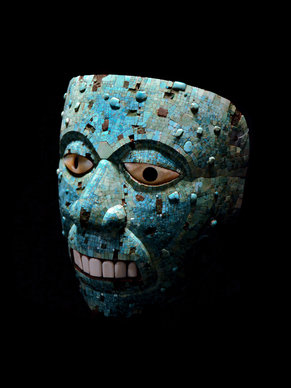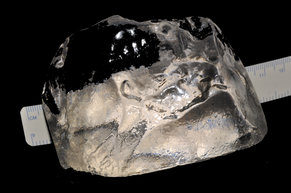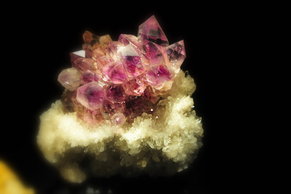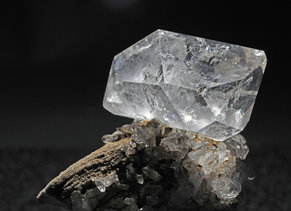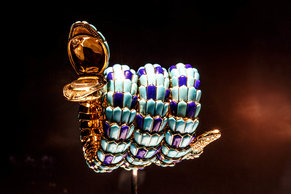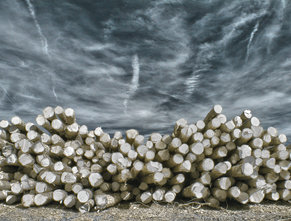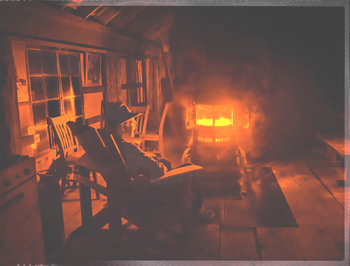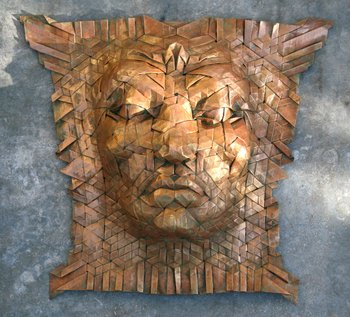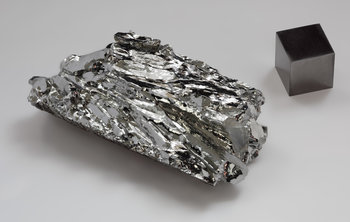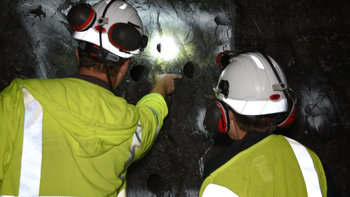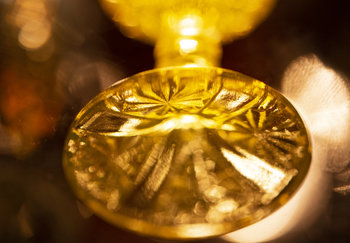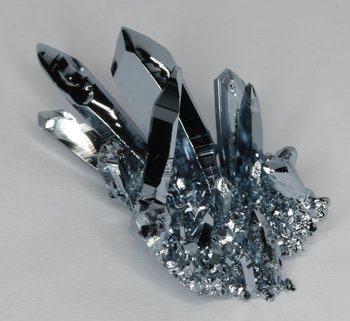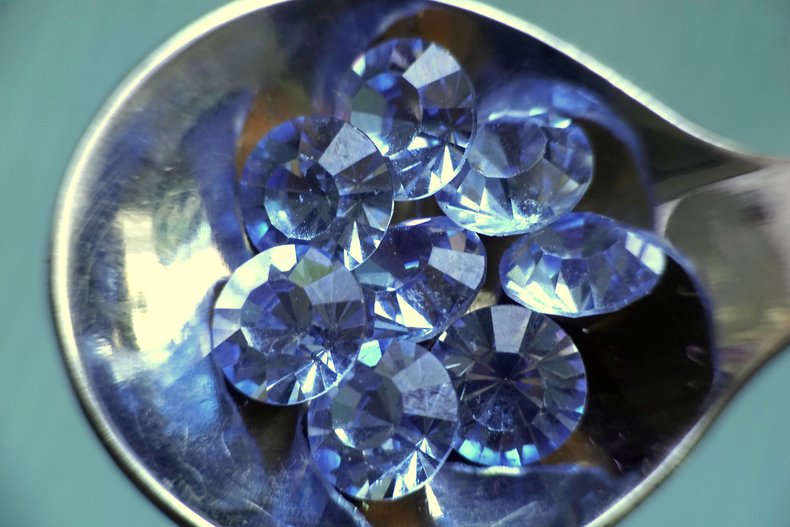
| Material | Mohs Hardness |
| Diamond | 10.0 |
| Carbonado (Black Diamond) | 10.0 |
| Moissanite | 9.5 |
| Tungsten Carbide | 9.0 |
| Zirconium Carbide | 9.0 |
| Ruby | 9.0 |
| Sapphire | 9.0 |
| Titanium Nitride | 9.0 |
| Chromium | 8.5 |
| Alexandrite | 8.5 |
| Hardened Steel | 8.0 |
| Cubic Zirconia | 8.0 |
| Topaz | 8.0 |
| Spinel | 8.0 |
| Emerald | 7.5 |
| Aquamarine | 7.5 |
| Beryl | 7.5 |
| Chemically Hardened Glass | 7.0 |
| Quartz | 7.0 |
| Porcelain | 7.0 |
| Amethyst | 7.0 |
| Rock Crystal | 7.0 |
| Citrine | 7.0 |
| Silicon | 6.5 |
| Garnet | 6.5 |
| Jade (Jadeite) | 6.5 |
| Peridot | 6.5 |
| Jasper | 6.5 |
| Tanzanite | 6.5 |
| Jade (Nephrite) | 6.0 |
| Titanium | 6.0 |
| Manganese | 6.0 |
| Uranium | 6.0 |
| Granite | 6.0 |
| Orthoclase | 6.0 |
| Labradorite | 6.0 |
| Opal | 5.5 |
| Tooth Enamel | 5.0 |
| Volcanic Glass | 5.0 |
| Glass | 5.0 |
| Bone | 5.0 |
| Apatite | 5.0 |
| Turquoise | 5.0 |
| Lapis Lazuli | 5.0 |
| Concrete | 5.0 |
| Palladium | 4.8 |
| Steel | 4.5 |
| Iron | 4.0 |
| Nickel | 4.0 |
| Fluorite | 4.0 |
| Kyanite | 4.0 |
| Platinum | 3.5 |
| Malachite | 3.5 |
| Copper | 3.0 |
| Calcite | 3.0 |
| Coral | 3.0 |
| Silver | 2.5 |
| Gold | 2.5 |
| Pearls | 2.5 |
| Jet | 2.5 |
| Tellurium | 2.3 |
| Cadmium | 2.0 |
| Gypsum | 2.0 |
| Fingernail | 2.0 |
| Amber | 2.0 |
| Cinnabar | 2.0 |
| Muscovite | 2.0 |
| Calcium | 1.8 |
| Lead | 1.5 |
| Graphite | 1.5 |
| Ice | 1.5 |
| Strontium | 1.5 |
| Tin | 1.5 |
| Plastic | 1.5 |
| Alabaster | 1.5 |
| Talc | 1.0 |
| Wood | 1.0 |
| Lithium | 0.6 |
| Sodium | 0.5 |
| Potassium | 0.4 |
| Rubidium | 0.3 |
| Caesium | 0.2 |
Notes
Scratch hardness shouldn't be confused with other types of material strength such as toughness. For example, a diamond has the highest scratch strength but is easily shattered with a hammer.Diamonds are commonly used to measure materials on the mohs scale. This involves scratching the material with a diamond under fixed load and measuring the size of the scratch.Many of the hardness values above are estimates or instances of hardness. For example, ice will have a different hardness depending on variables such as temperature.Concrete exhibits a broad range of hardness with the estimate above being at the low end of the range.Numbers are rounded. Where a range was available in source data, the lower number was selected.In principle, a material can't scratch a material with a higher mohs hardness. For example, a diamond can scratch a cubic zirconia but a cubic zirconia can't scratch a diamond.The mohs scale can serve as a basic reference to prevent things from getting scratched by answering questions such as "can my keys scratch my smart phone?" In theory, a diamond can be scratched by another diamond.The mohs scale was invented in 1812. However, the practice of testing minerals by using them to try to scratch other minerals dates to antiquity having been documented by Theophrastus in his treatise On Stones around 300 BC.The mohs scale is based on 10 reference minerals that have hardness 1 to 10 as follows: talc, gypsum, calcite, fluorite, apatite, orthoclase feldspar, quartz, topaz, corundum and diamond. It is possible to buy inexpensive kits with a sample of each of these to test minerals in the field.| Overview: Mohs Scale | ||
Type | ||
Definition | An ordering of materials according to which material can scratch which other material. | |
Invented By | Friedrich Mohs | |
Related Concepts | ||

